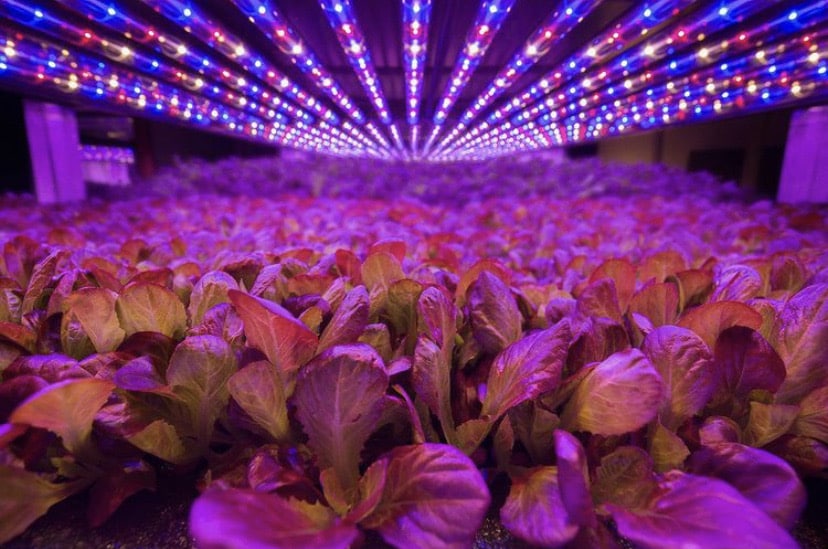Lettuce is the third most consumed vegetable in the US. However, as a perishable product, much of the produce is not marketable because lettuce leaves discolor after harvest. In fact, 46 percent of head lettuce and 55 percent of fresh romaine and leaf lettuce is wasted. The Foundation for Food & Agriculture Research (FFAR) is providing a $2,591,231 grant through its Precision Indoor Plants (PIP) Consortium to prevent discoloration in indoor-grown lettuce, while increasing lettuce yield and leaf quality. PIP partners AeroFarms, BASF, Benson Hill, Fluence by OSRAM and GreenVenus provided matching funds, for a total $4,792,131 investment. This is the first project funded by the PIP Consortium.
“Lettuce is a mainstay of the American diet, and this project will increase its flavor and nutrition for consumers – while also reducing food waste,” said FFAR Executive Director
Dr. Sally Rockey. “This project is using pioneering indoor agriculture science and technology to extend lettuce shelf life, resulting in more marketable food for consumers, less waste and increased profits for farmers.”
Wilted and discolored lettuce leaves are not only unappealing, but this discoloration also diminishes flavor, nutrition, consumer appeal and shelf life. Farmers use chemicals and storage techniques to prevent post-harvest discoloration and preserve leaves, but these methods can be costly, and the protection they offer disappears when packaging is opened. PIP Lettuce Project researchers, led by Dr. Csanad Gurdon of AeroFarms, will study how biological and environmental conditions in indoor grow environments affect postharvest discoloration.
Many environmental conditions affect lettuce metabolism and genes related to discoloration and growth, so the researchers will conduct growth experiments in an indoor environment where they can control changes in lighting, heat, humidity, fertilizers, irrigation and other factors. The research team will investigate what conditions lead to slower or faster postharvest discoloration and high-yield, high-quality leaves. They will also study a diverse set of lettuce cultivars to identify genetic markers, biochemical and physical traits that lead to high yield and quality as well as low postharvest discoloration. Existing candidate genes affecting postharvest discoloration will also be edited as part of the project.
Finally, the researchers will use the data and experimental results to aid in building and operating indoor grow environments that enable faster lettuce production.
Principal Investigator Dr. Csanad Gurdon comments, “I am thrilled to lead a world-class team of scientists and engineers to execute the first of multiple exciting research projects in the pipeline of the PIP Consortium, leveraging AeroFarms’s expertise and international facilities to benefit the whole industry. This will be a truly global effort with research being conducted in four US states in addition to the Netherlands and the UAE. Experts in plant breeding, indoor growing, gene editing, bioinformatics, metabolomics and lighting will work together to obtain results that will allow improving lettuce quality before and after harvest.”
As the first project of the PIP Consortium, the results of the project will have implications for other fruits and vegetables grown both indoors and outside. In addition, PIP partners are sharing their data and technology with each other, a collaboration that will guide future public-private efforts necessary for similar large-scale agriculture research.

